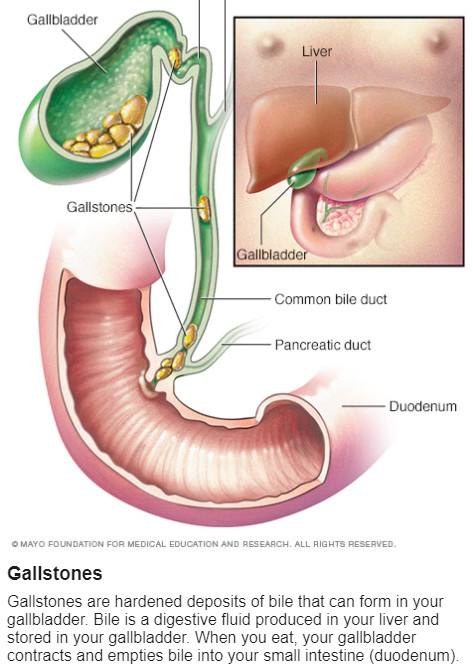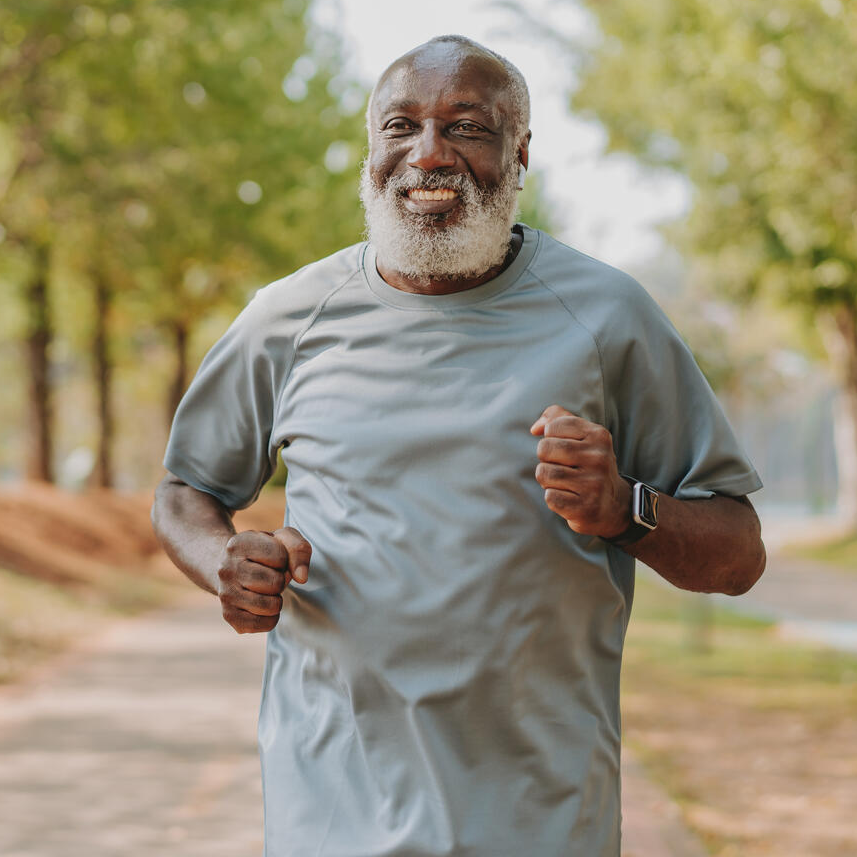-
Home Remedies: A ‘natural’ remedy for gallstones?

A gallbladder cleanse — also called a gallbladder flush or a liver flush — is an alternative remedy for ridding the body of gallstones. However, no scientific evidence suggests that a gallbladder cleanse helps prevent or treat gallstones or any other disease.
In most cases, a gallbladder cleanse involves eating or drinking a combination of olive oil, herbs and some type of fruit juice over the course of two or more days — during which you may be advised to eat nothing else. There's no standard formula for gallbladder cleansing regimens and products. Different practitioners follow their own recipes.

Proponents of gallbladder cleansing claim that the treatment helps break up gallstones and stimulates the gallbladder to release them in stool. The large, repeated doses of olive oil in gallbladder cleanse preparations do have a laxative effect. And people who have taken a gallbladder cleanse report finding lumps that look like gallstones in their stool just after the procedure. When analyzed, though, these lumps turn out to be composed of oil, juice and other materials.
Gallbladder cleansing is not without risk. Some people have nausea, vomiting, diarrhea and abdominal pain during the flushing or cleansing period. Individual components of the herbal mixtures used in a gallbladder cleanse may present their own health hazards.
Gallstones that cause no symptoms typically require no treatment. If you have gallstones that require treatment, discuss proven treatment options with your health care provider, such as surgical removal, bile salt tablets or sound wave therapy.
This article is written by Dr. Michael Picco and Mayo Clinic staff. Find more health and medical information on mayoclinic.org.







